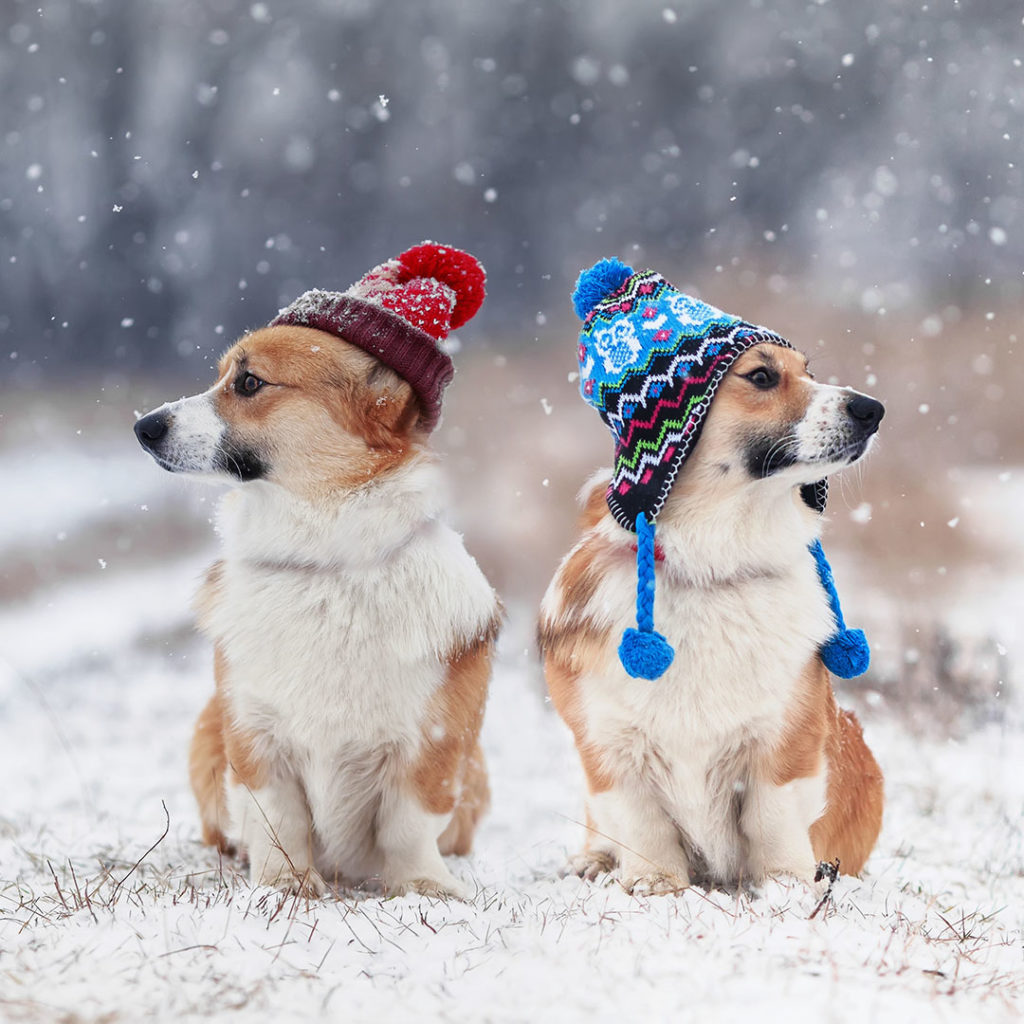In the depths of winter, when the icy grip of frost descends upon the land, providing fresh, accessible water for our canine companions becomes paramount. Frozen water poses a severe health hazard to dogs, leading to dehydration, hypothermia, and even organ failure. As responsible pet owners, it’s our duty to ensure their well-being, even when nature throws its icy curves our way. This comprehensive guide will equip you with a wealth of knowledge and practical tips to keep your dog’s water from freezing, safeguarding their health and happiness during the frigid months ahead.

Image: www.billygo.com
Understanding the Challenges of Canine Hydration in Winter
Dogs, like humans, have metabolic processes that generate heat, requiring regular fluid intake to prevent dehydration. In sub-freezing temperatures, water can quickly freeze, rendering it inaccessible to thirsty canines. This can be particularly hazardous for dogs who engage in outdoor activities or spend extended periods in the cold. Dehydration can lead to lethargy, loss of appetite, and in severe cases, organ damage. Additionally, the act of drinking ice-cold water can shock a dog’s system, lowering their body temperature and putting them at risk of hypothermia.
Protecting Your Dog’s Water: Preventative Measures
Prevention is key when it comes to safeguarding your dog’s water from the icy grip of winter. Consider the following strategies to keep your canine companion hydrated and prevent water-related health issues:
-
Insulate Water Bowls: Insulation helps trap heat, preventing water from freezing as quickly. Invest in insulated water bowls designed for outdoor use or wrap regular bowls in insulating materials like foam or towels.
-
Heated Water Bowls: If possible, opt for heated water bowls that maintain a constant water temperature above freezing. This ensures your dog always has access to fresh, unfrozen water, eliminating the risk of dehydration or hypothermia.
-
Elevated Water Bowls: Placing water bowls on elevated surfaces above the ground prevents heat loss through direct contact with cold surfaces. Consider using pet stands or placing bowls on insulated platforms.
-
Sheltered Locations: Position water bowls in sheltered areas such as porches, garages, or sheds. This protects them from wind and precipitation, minimizing heat loss and the likelihood of freezing.
-
Multiple Water Stations: Avoid relying on a single water bowl. Distribute water stations throughout your yard or home, increasing the chances of your dog finding unfrozen water.
Quick-Fix Solutions: Thawing Frozen Water
Despite preventative measures, water can sometimes freeze, especially during extreme cold snaps. Don’t panic; there are quick and effective ways to thaw frozen water and provide your dog with the hydration they need:
-
Microwave Thawing: This method offers the quickest results. Place the frozen water bowl in the microwave and heat it on low power for short intervals, stirring occasionally to prevent overheating.
-
Warm Water Bath: Submerge the frozen water bowl in a larger container filled with warm water. Ensure the water is not too hot to avoid damaging the bowl or injuring yourself.
-
Heat Pack Application: Wrap a frozen water bowl in a heat pack and allow it to thaw gradually. This method is ideal for situations where microwave or warm water bath thawing is impractical.

Image: www.wikihow.com
Recognizing Signs of Dehydration and Hypothermia
In the unlikely event that your dog becomes dehydrated or hypothermic, it’s crucial to recognize the early warning signs and seek veterinary attention immediately. Dehydration symptoms include dry gums, lethargy, sunken eyes, and decreased urination. Hypothermia manifests as shivering, weakness, confusion, and a dangerously low body temperature.
How To Keep Your Dogs Water From Freezing
Conclusion
Winterizing your dog’s water is essential for their safety and well-being. By following these preventative measures and quick-fix solutions, you can ensure your furry companion stays hydrated, healthy, and happy even during the coldest winter months. Remember, their reliance on us for their basic needs makes it our responsibility to provide them with a safe and comfortable environment. May this guide empower you to protect your dog’s water, ensuring their health and happiness thrive throughout the winter season.